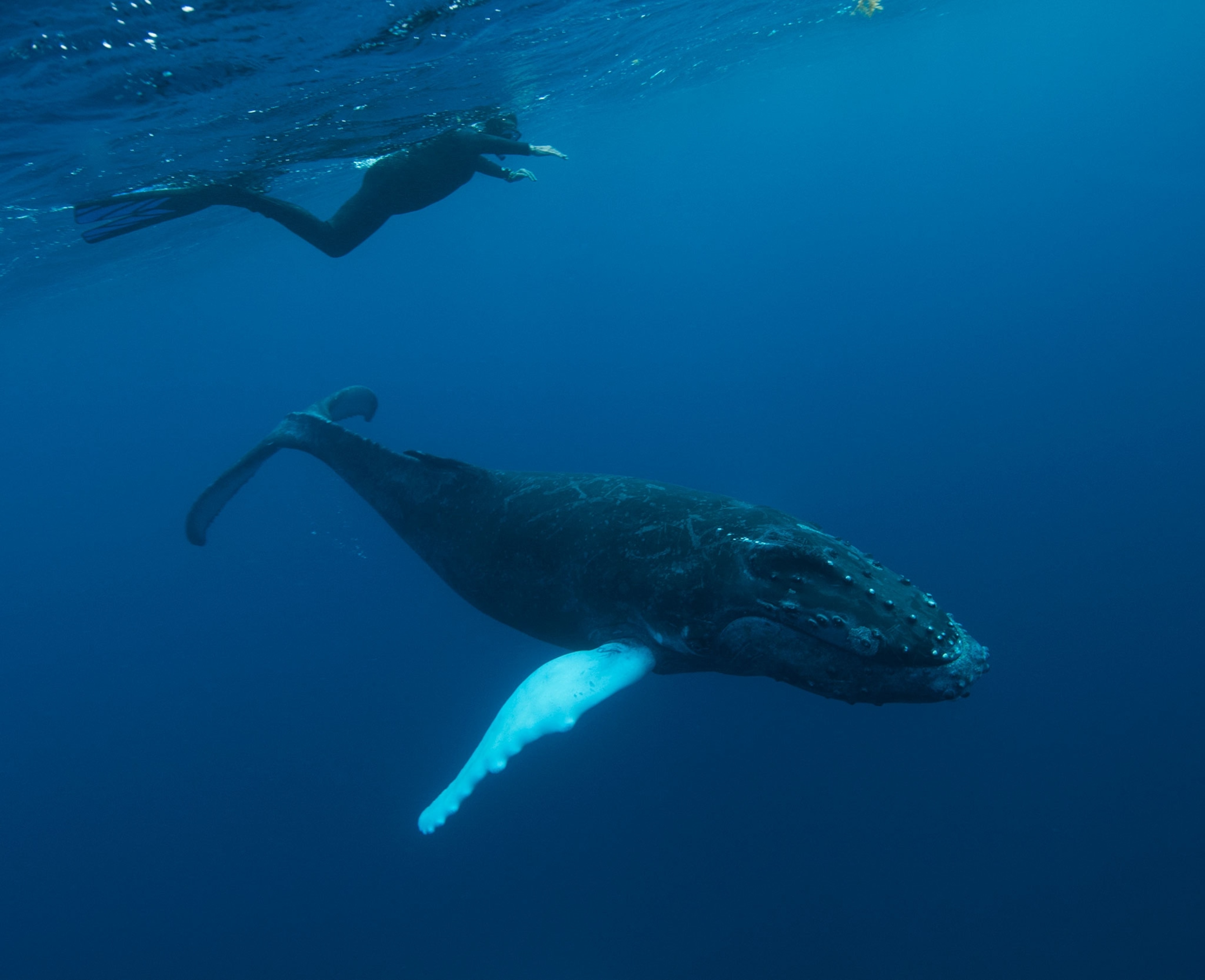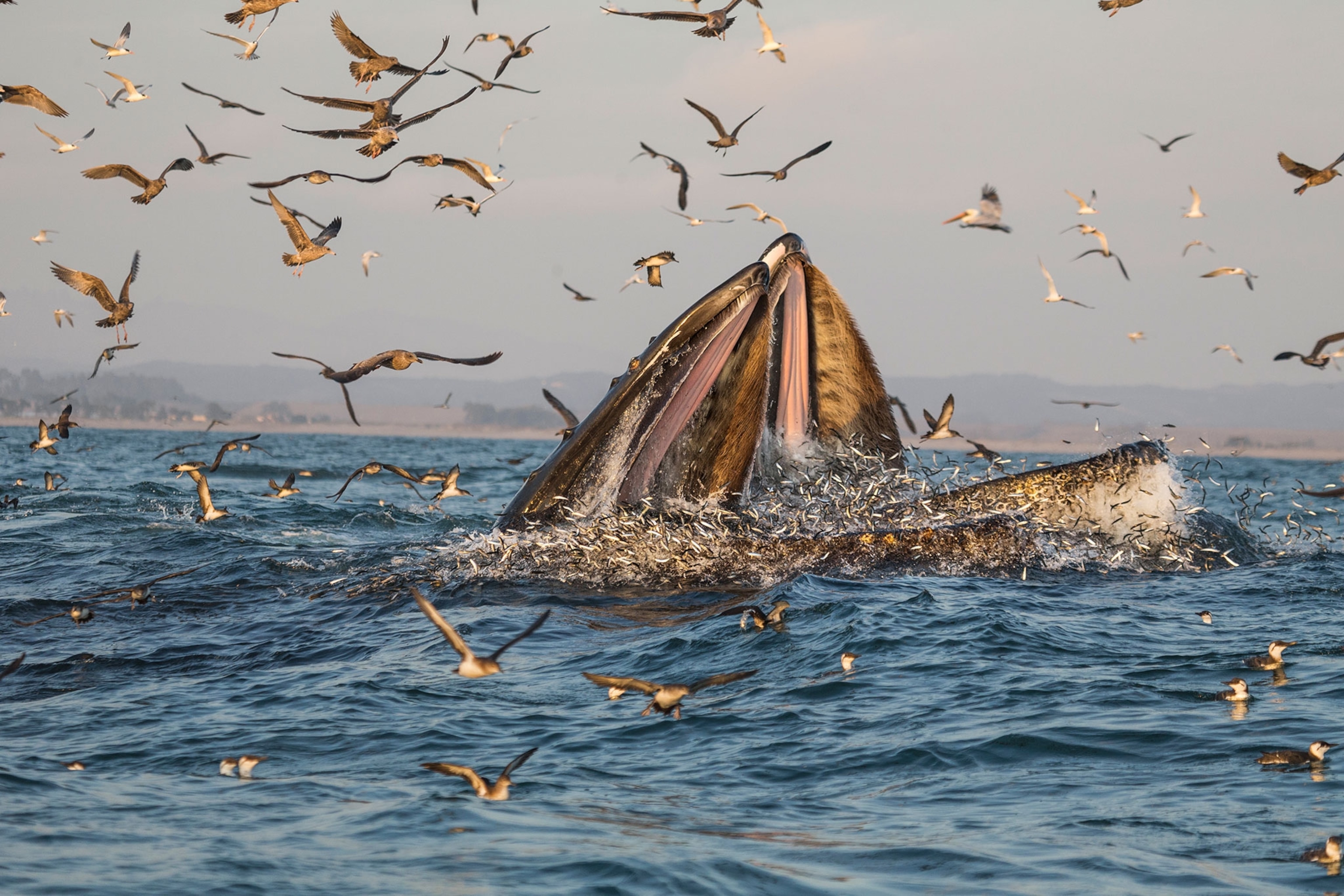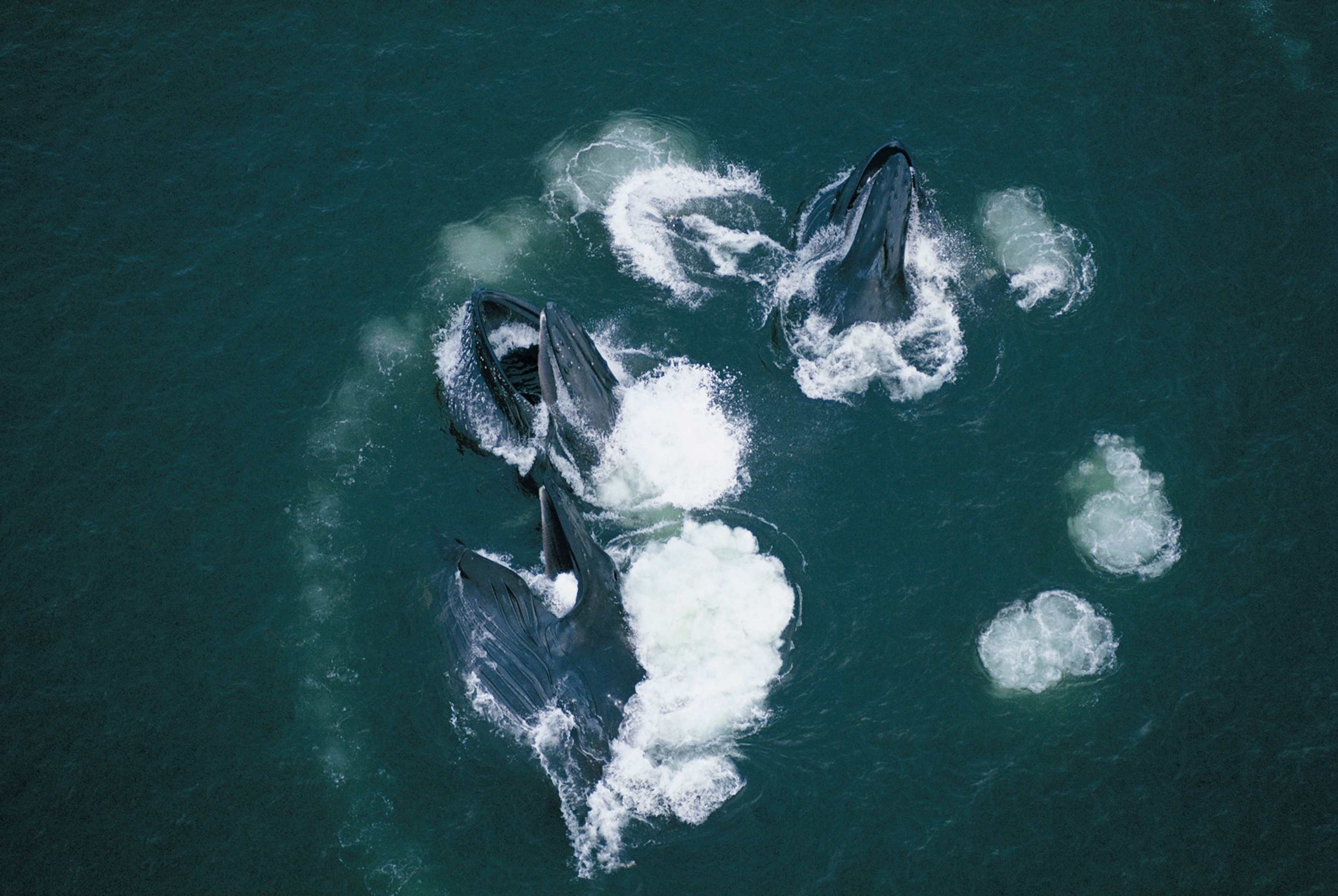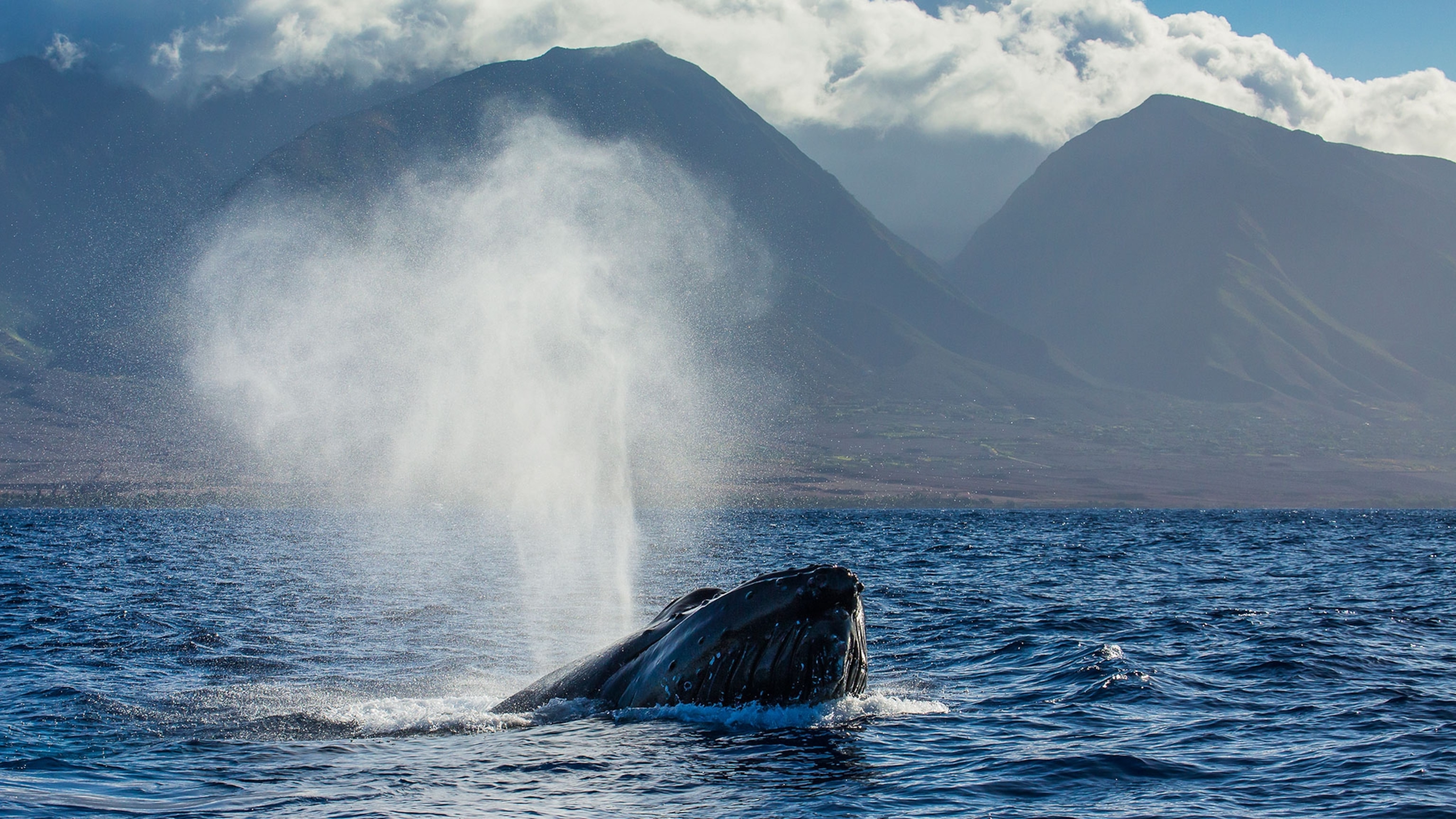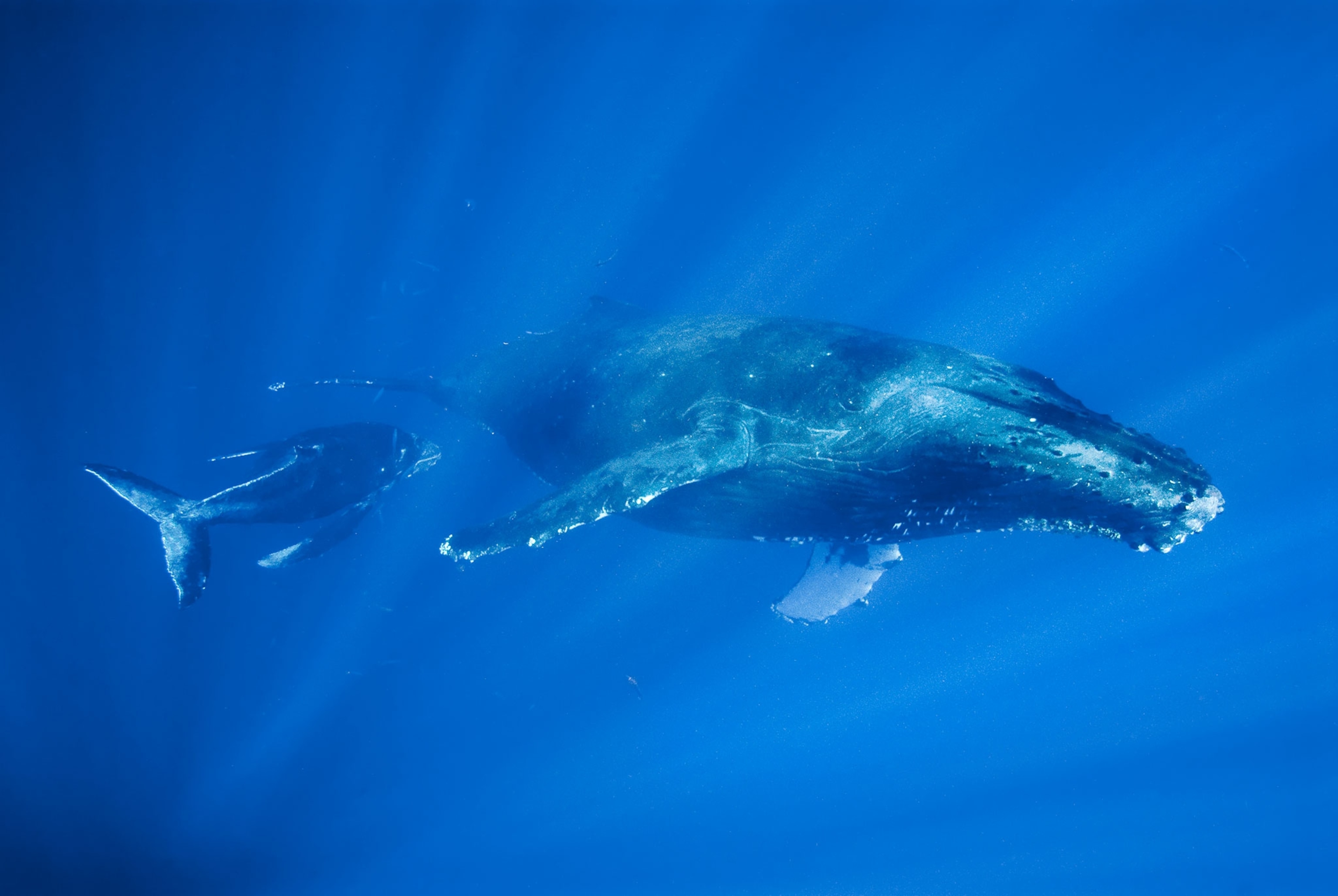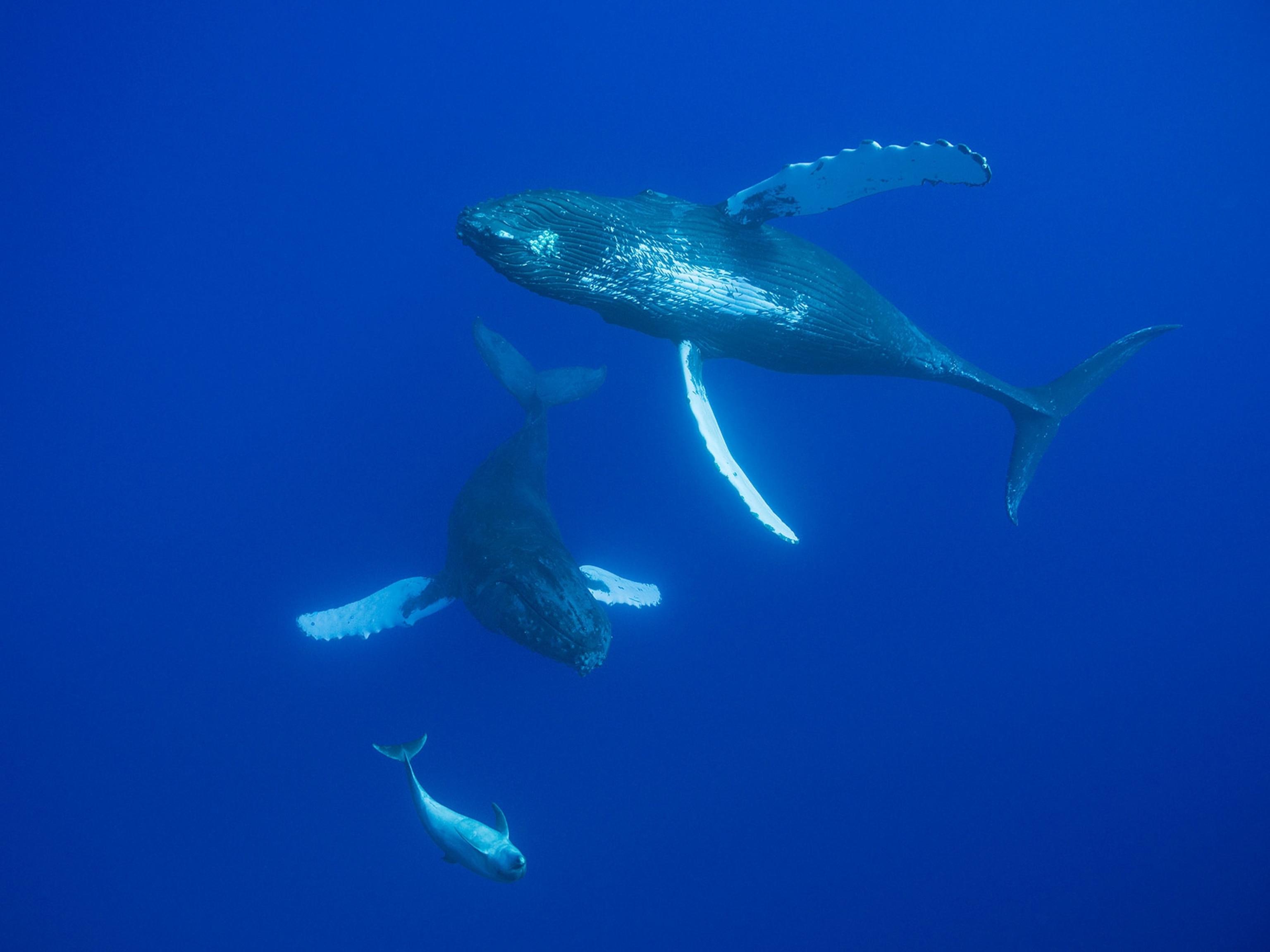The Plan to Save the Humpback Whales—and How It Succeeded
A strategy to divide humpback whales into distinct geographic populations was crucial to preventing their extinction. But the job isn’t done.
For centuries, humpback whales were hunted to the brink of extinction. But now, following a forty-year initiative to protect them from whalers, their population is finally on the rebound.
In an announcement earlier this week, NOAA Fisheries reported that 9 out of fourteen known populations of humpbacks worldwide have recovered to the point where they no longer qualify to be on the U.S. List of Endangered and Threatened Wildlife. Humpbacks native to the southern hemisphere, in particular, seem to be flourishing.
Five humpback populations are still struggling however, and will retain their current statuses. Four of these are considered endangered, while one population is designated as threatened.
“The data behind the humpback delisting is solid,” says Robert Pitman, a NOAA marine ecologist and National Geographic Society grant recipient.
“Those of us that have been on the water working with whales for the past thirty to forty years have been amazed at the recovery that we have seen.”
A Species Divided
It may seem unusual to delist part of a species while some populations still remain in dire straits. But according to Marta Nammack, NOAA Fisheries’ national Endangered Species Act listing coordinator, doing so makes sense biologically.
While current estimates put the global population at just under 100,000 humpbacks, each of the fourteen populations now recognized by NOAA Fisheries is thought to be genetically distinct. And while some populations do share feeding areas, they each go somewhere different for the breeding season. This means that there doesn't appear to be very much genetic mixing between the populations.
In other words, each population is more or less on its own. And this means we need to assess their perils individually.
For instance, death by entanglement in fishing nets may not pose much of an extinction threat for the humpbacks of Hawaii, says Nammack, because there more than 10,000 whales in that population. But the outlook is altogether different in the Arabian Sea where only 82 humpbacks remain. For this population, every individual death borders on the catastrophic.
“We may not be able to delist the entire species,” says Nammack, “but by dividing them up the way we did, we can see substantial progress for their recovery across a good portion of the species.”
This would also not be the first time a species was delisted piecemeal. The Eastern North Pacific population of gray whales was taken off the Endangered Species List in 1994 due to successful recovery, but the Western North Pacific population is still considered endangered.
Ongoing Threats
Even though most populations will now be removed from the Endangered Species List, every humpback will still enjoy an array of protections to ensure that their numbers do not plummet once again.
The cetaceans will still be protected under the Marine Mammal Protection Act, which makes it illegal to harass, feed, hunt, capture, collect, or kill any marine mammal within the waters of the United States. Likewise, the International Whaling Commission has had a humpback ban in place since 1982, and Nammack says she doesn’t foresee that changing anytime soon.
At the time of the delisting, NOAA Fisheries also stated that it had filed two regulations that maintain 100-yard distance limits that keep whale watching boats and other vessels from getting too close to humpbacks.
“The decision [to delist] shows the power of the Endangered Species Act” says Kristen Monsell, a staff attorney at the Center for Biological Diversity. “But the job isn’t done.”
Monsell points to threats like climate change, ocean noise, and ship strikes as evidence that humpbacks still need to be protected. “We’re lucky to share our oceans with these amazing animals, and we should be doing everything we can to protect them,” she says.
Overall, Nammack and Pitman say the delisting is excellent news not just for humpbacks, but also for the programs and legislation that have enabled their recovery.
“This is a win for humpbacks and the listing process,” says Pitman. “Delisting is ultimately what we are all after.”

